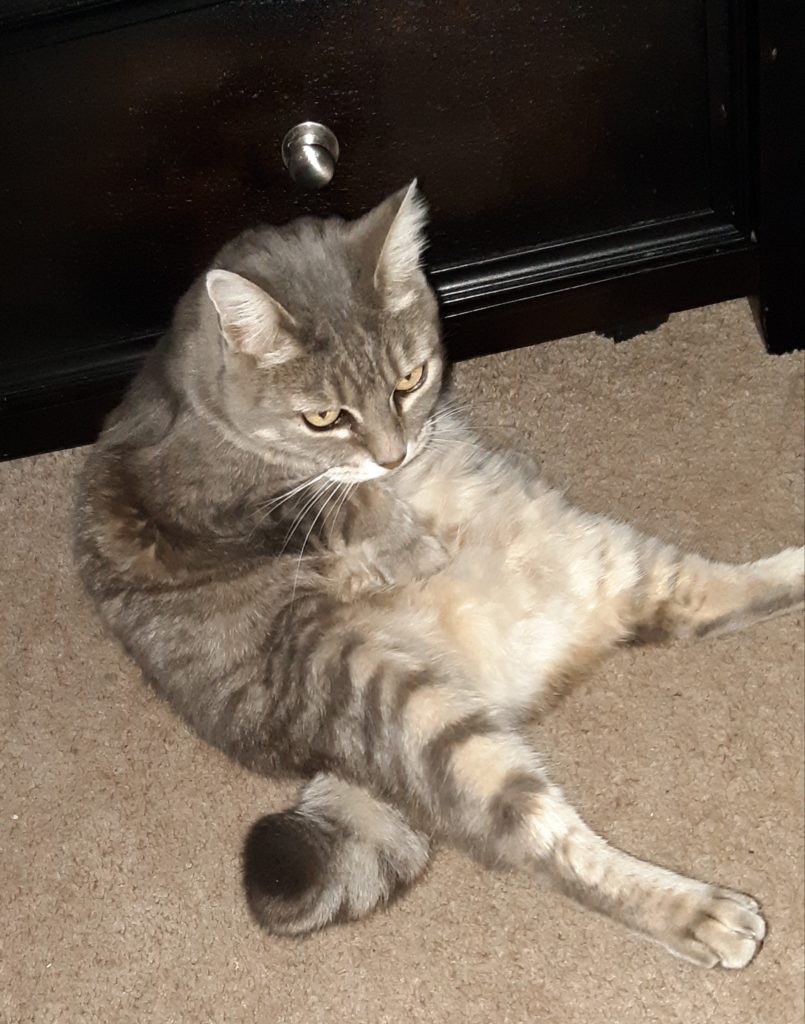
Last post we discussed injecting some kind of death into
every scene—to keep tension rising and story moving forward. But what if you’ve
written a scene that’s DOA?
Writing Tip for Today: Let’s talk about some ways you can breathe
new life into a scene that’s dead.
Is it Chit-chatty?
Scenes that include a lot of introductions or small talk will seem unimportant to readers. Although in real life we spend a lot of time chewing the scenery, in fiction our characters’ actions, thoughts and emotions must all serve the same master: the story.
To introduce characters, either simply state that they introduced each other or keep it brief. “Hi, I’m Tom.” Similarly, skip over the throat-clearing at the beginnings of scenes: How ya doing? Isn’t it a lovely sunny day? This is what we mean when we advise to begin a scene in media res, in the middle of the action. Be sure that every line of dialogue illustrates the unfolding story or a subplot.
Flannery O’Connor famously maintained that writers shouldn’t
waste words—every word should be indispensable to the story. At the scene
level, take the advice one step further and get rid of all actions, thoughts
and reactions which are not important to the story or the character’s
motivations.
Does it March in Place?
Even if your scene has a lot of meaty dialogue in it, be
sure the story advances. Characters who talk about a lot of nothing will seem inconsequential.
Readers may think, “I thought the story was going this direction, but this
scene is going a different way.” By not focusing every scene on the larger
story, readers may become confused and stop reading.
Another way a scene will appear to march in place and not
advance is by writing scenes to fill time gaps. In an excellent writing reference
book, Beyond Style by the late Gary Provost, he uses the example of the story
of a teen girl who wants the football captain to ask her out. All good, but
over the weekend, all the girl does is hang out with her friends. There’s no
mention of the football captain.
While it’s true we can’t skip over the boring bits in real life, your scenes will feel fresher and contain more urgency if you simply omit or quickly summarize time when not much happens.
Is it Micro-managed?
Scenes that include too many details also cause readers to
stop reading. If you want your POV character to get dressed and go to work, and
this is not a crucial act but instead merely routine, you’ll want to summarize
as much as you can. I have read manuscripts where the writer describes each
miniscule action. For instance, in order to drive somewhere, a character must
do all sorts of small things: get the keys, open the car door, step foot in,
close the door, insert key into ignition, and on and on.
Yet you will torture readers if you force them to live
through each of those motions. Better to summarize. All this implies that the
writer must have faith in readers—faith that readers will assume the different
actions required fir mundane tasks.
A good rule is to slow down your scene’s perception of time
for important revelations or conflicts. Speed up (or skip over) time when you
need to document routine or unimportant details.




